Which rapid charger should you consider for your smartphone? Among various manufacturers, charging standards differ, with variations between Samsung, Apple, Google, Xiaomi, Oppo, and others.
Most Android smartphone makers have now adopted the USB-C standard and its Power Delivery for charging. The exception is Apple, which still uses its Lightning port. However, due to a European Union directive, Apple has made the transition to USB-C with the upcoming iPhone 15.
Beyond the choice of the charging port, manufacturers are engaged in a competitive race to offer the most efficient fast charging solutions for their smartphones. This has become a compelling selling point, with some brands achieving remarkable figures, such as Xiaomi’s impressive 200 W charging speed.
From Samsung and Google to Xiaomi, Motorola, OnePlus, Realme, Honor, Apple, and Oppo, almost all smartphone manufacturers now offer various fast charging technologies for their devices.
Furthermore, many phone manufacturers have started removing chargers from the packaging, particularly for high-end smartphones. Apple was a pioneer in this practice, and it has been adopted by others like Samsung and Google. This shift makes choosing the right charger even more significant.
Moreover, investing in a fast charger isn’t limited to just your smartphone. With a wise choice, you can use the same charging block to power all your gadgets: tablets, Bluetooth speakers, wireless headphones, and even laptops.
Fast charging made easy: Find the perfect charger for your devices
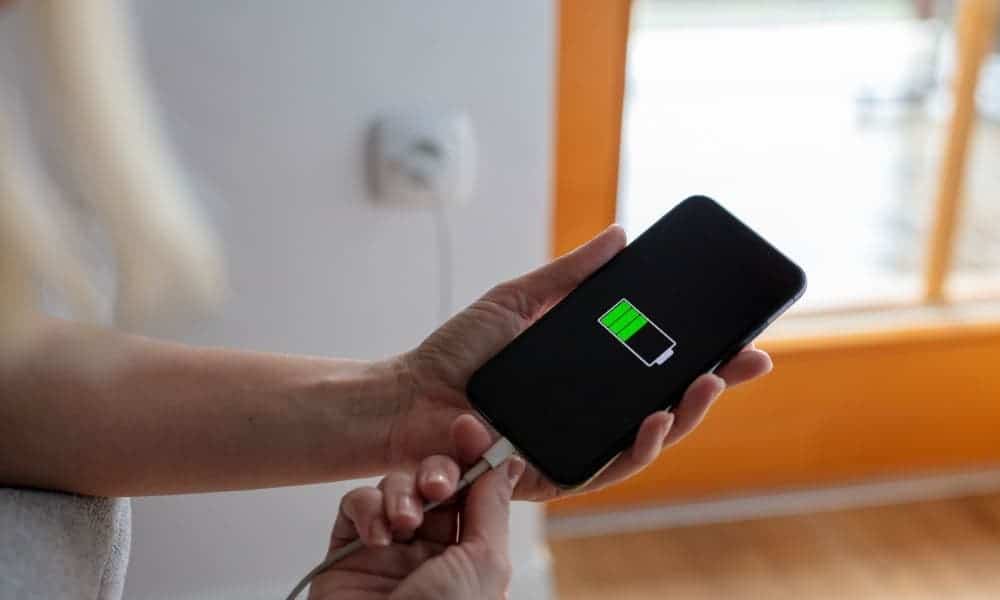
Here is our comprehensive selection of the best chargers to help you make an informed decision and select the one that suits your needs best.
Gallium nitride chargers
Gallium nitride chargers, or GaN chargers, have been making waves in the charger market, and you might have noticed that chargers are getting smaller. This is thanks to gallium nitride, a semiconductor that’s far more efficient than traditional silicon, allowing for high power output in a compact form factor. Many manufacturers are leveraging GaN to create powerful chargers that are significantly more compact than their conventional counterparts.
While GaN chargers may come with a slightly higher price tag, the space-saving benefits they offer are well worth it, especially if you carry your charger in your bag. You can often spot these chargers on shelves by their GaN acronym.
If you’re unsure which charger to pick for your devices and want a straightforward recommendation that works for smartphones, PCs, or headphones, here are our suggestions:
- For an Android smartphone with a USB-C port (reversible): Opt for a 20W USB-C Power Delivery charger paired with a USB-C to USB-C cable. For iPhones, consider a USB-C to Lightning cable.
- For an Android smartphone with a microUSB port (reversible): Go for a 24W USB charger along with a USB-C to USB cable.
- To charge a PC or tablet: Select a 65W USB-C charger and match it with a USB-C to Lightning cable and a USB-C to USB-C cable.
- For charging multiple devices simultaneously: Look for a 4-port Power Delivery GaN charger with a robust 108W power output.
It’s important to note that for most technologies (excluding OnePlus, Oppo, and Realme, which use proprietary VOOC cables), fast charging compatibility isn’t tied to the cable itself. However, given the high power levels these cables can handle, it’s wise to stick with reputable brands and replace any damaged cables promptly. If you’re unsure about the cable length to choose, a 120 cm cable will suit most everyday needs.
The top fast chargers for Samsung:
Samsung boasts an extensive ecosystem of connected products, and many of these are QuickCharge compatible. If you happen to own a range of Samsung devices, investing in the 25W charger with a USB-C cable is an excellent choice for convenience and compatibility.
However, Samsung also offers its own line of chargers, and among their offerings, we recommend their AC unit with two USB-C ports. This charger is available in various power ratings, ranging from 65W down to 25W, along with an additional USB-A port providing 15W. This versatile charger allows you to conveniently charge not only your Samsung smartphone but also your tablet and even a connected watch, making it a comprehensive solution for your charging needs.
The best fast chargers for Apple:
If you’re an iPhone user, you no longer need to worry about carrying a Lightning to USB Type-C cable, except if you own an iPhone 14 or an earlier generation. With the introduction of the USB-C port in the iPhone 15 range, you can now invest in USB-C to USB-C cables for your charging needs.
Opting for a charger with a higher output power rating (45W or more) allows you to charge more demanding devices like a PC or MacBook. There’s no need to be concerned about your smartphone; the charging power will adapt to its requirements automatically, ensuring safe charging.
If you prefer to stick with Apple-branded accessories, Apple offers its own range of charging blocks. The 20W AC adapter is compatible with both iPhone and iPad, providing versatile charging options. Additionally, Apple also offers wireless charging solutions for those who prefer a cable-free experience.
The top fast chargers for Xiaomi:
Xiaomi has made significant advancements in its fast charging technology. It all started with the Xiaomi 11T Pro, which was the first smartphone from the brand to feature 120W fast charging. When you purchase a smartphone with such high-speed charging capability, a 120W charger typically comes included in the smartphone’s packaging.
However, if you require extra chargers or are seeking alternative options, Xiaomi provides a wide range of accessories through its online store.
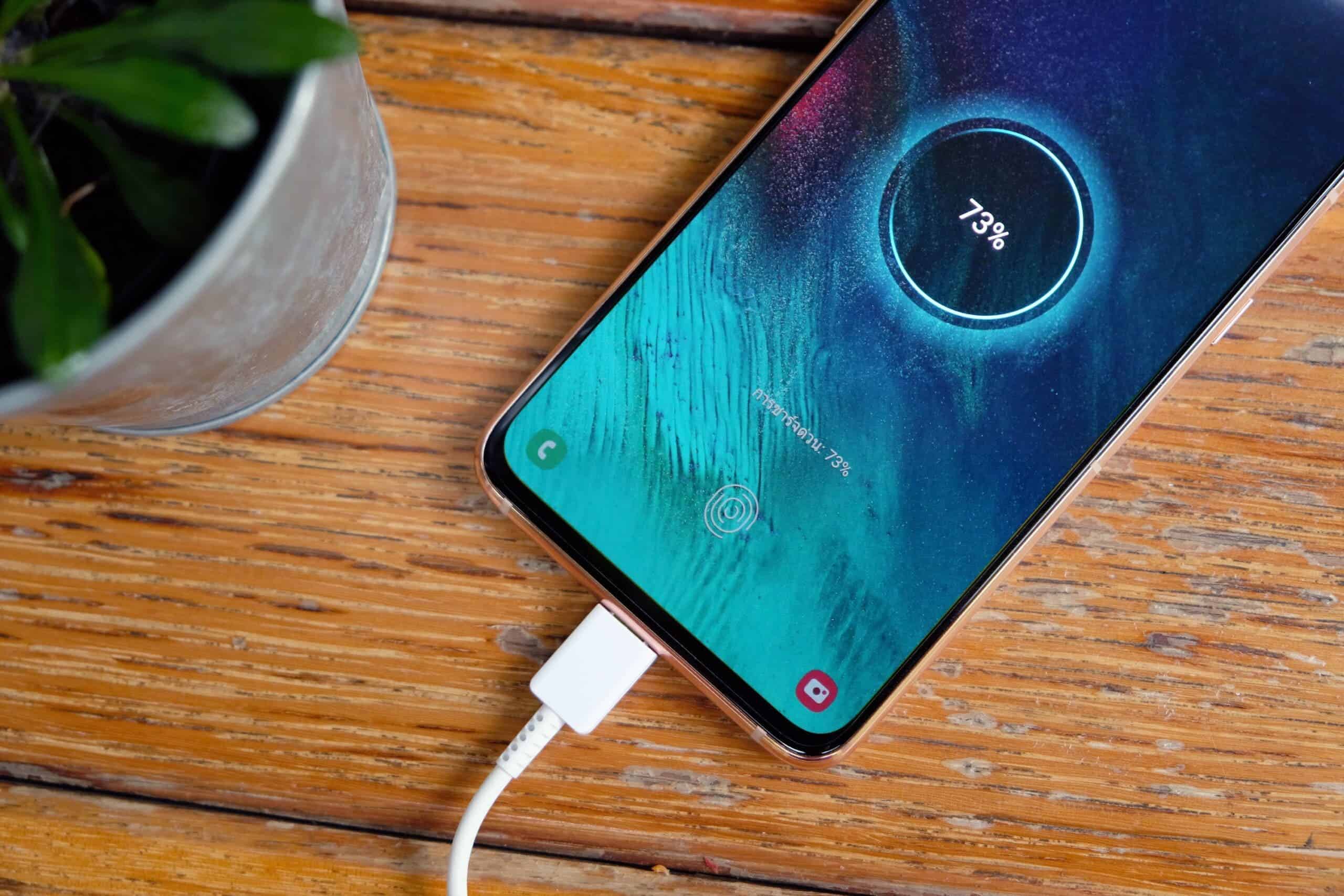
Fast chargers from Google and Sony, using USB-C Power Delivery:
The prevailing standard for fast charging that most brands are converging towards is USB Power Delivery. This technology, made possible by the USB 3.1 standard, enables rapid charging of various devices through a higher output voltage. It’s especially advantageous because it allows you to charge a wide range of devices such as smartphones, PCs, tablets, the Nintendo Switch, and various accessories using the same fast charger.
Many smartphones are becoming compatible with this technology, including those from renowned brands like Google, Sony, Samsung, and the iPhone. Even if your smartphone isn’t USB 3.1 compatible, selecting a USB-C Power Delivery charger ensures that you can enjoy the best charging speed possible and, more importantly, have a versatile charger that can be used with multiple devices, reducing the need to accumulate multiple chargers.
OnePlus, Oppo, and Realme: Proprietary Fast Charging with VOOC/Warp Charge
OnePlus and Oppo/Realme have introduced their proprietary fast charging technologies, known as Warp Charge (OnePlus) and VOOC Charge (Oppo/Realme). Unlike some other brands, these technologies require a compatible charger and cable for optimal performance. You can officially find these chargers and cables on the OnePlus store or Oppo’s Amazon store. This exclusivity ensures that users can fully benefit from the fast charging capabilities offered by OnePlus, Oppo, and Realme devices.
Huawei and Honor: Honor Supercharge
Honor incorporates impressive 66W charging capabilities into most of its smartphones, including the recent Honor Magic 5 Pro. To achieve this fast charging, they utilize SuperCharge technology. The official charger compatible with this technology is designed to work seamlessly with all models from the Honor brand, ensuring consistent and efficient charging across their product lineup.
Understanding Everything About Fast Charging:
Can fast charging damage my battery?
The batteries in our electronic devices can be sensitive, and there’s a theoretical concern that fast charging might damage them or reduce their lifespan. However, in practice, this isn’t a significant issue. Modern charging systems are sophisticated and modulate the power delivered by the charger to limit heat generation and wear on the battery cells. Typically, fast charging is most rapid up to around 80% capacity and then gradually slows down. In essence, your phone and charger work together to manage the charging process, ensuring it’s safe and efficient.
Does my battery need to be empty before being recharged?
This is a common myth but is entirely false. In fact, letting your battery completely discharge can be more harmful than beneficial. Battery wear is most pronounced when it is fully depleted. Modern lithium-ion batteries are designed to handle partial charging cycles, so you don’t need to wait until your battery is empty before recharging it. Instead, it’s advisable to avoid letting your battery drop below 25% regularly, as doing so can help prolong its lifespan.
Tips and Tricks on How to Use Fast Charging and Fast Chargers Effectively Without Damaging Battery Health
Fast charging is a convenient way to quickly top up your phone’s battery, but it’s important to use it wisely to avoid damaging your battery’s health in the long run. Here are some tips and tricks:
- Use a certified fast charger. Not all fast chargers are created equal. Some cheap chargers may not be properly regulated and can overcharge your battery, which can lead to damage. Make sure to use a certified fast charger from the manufacturer of your phone or a reputable brand.
- Avoid charging your phone to 100%. It’s best to keep your phone’s battery between 20% and 80% charged. Charging to 100% and letting it drain to 0% can stress the battery and reduce its lifespan.
- Don’t use your phone while it’s charging. Using your phone while it’s charging can generate heat, which can also damage the battery. If you need to use your phone, try to keep it plugged in for as short of a time as possible.
- Keep your phone cool. Heat is the enemy of battery health. Avoid charging your phone in hot environments, such as in direct sunlight or in a car on a hot day. If your phone gets hot while charging, unplug it and let it cool down before continuing.
- Use a battery-saving mode. Most phones have a battery-saving mode that can help to extend the battery life. This mode typically reduces performance and disables some features, but it can be a good way to save battery life when you’re in a pinch.
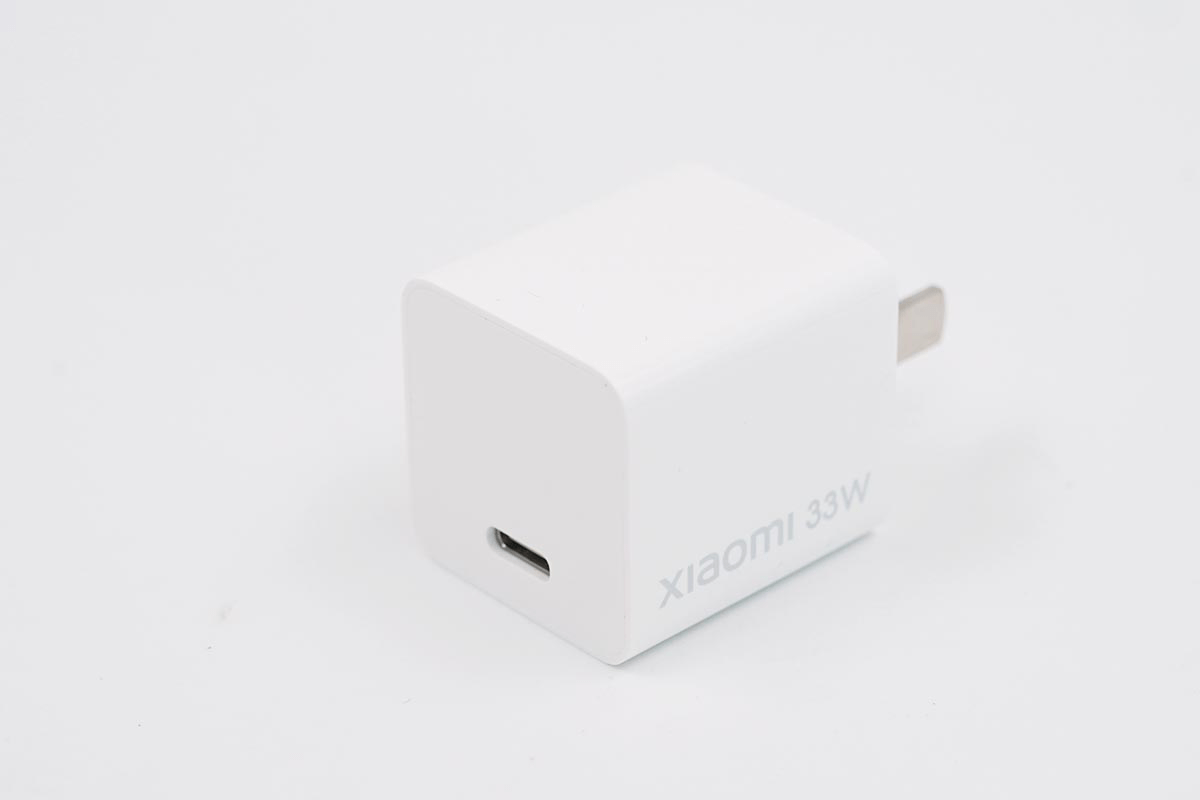
Here are some additional tips for using fast charging effectively:
- Only use fast charging when you need to. Fast charging is convenient, but it’s not necessary for everyday use. If you have time, it’s best to charge your phone slowly.
- Use the right cable. Not all cables are created equal. Some cables may not be able to handle the high currents required for fast charging. Make sure to use a high-quality cable that is rated for fast charging.
- Update your phone’s software. Phone manufacturers often release software updates that include improvements to battery management and fast charging. Make sure to keep your phone’s software up to date to get the most out of your battery.
How fast charging works
Fast charging works by increasing the voltage and current that is supplied to the battery. This allows the battery to charge more quickly, but it also generates more heat.
Most fast charging technologies use a process called pulse charging. In pulse charging, the battery is charged with a series of short, high-current pulses. This helps to reduce heat generation and prolong the battery’s lifespan.
Different types of fast charging
There are a number of different fast charging technologies available, including:
- Qualcomm Quick Charge: This is one of the most popular fast charging technologies and is supported by a wide range of Android devices.
- USB Power Delivery (USB PD): USB PD is a versatile fast charging standard that can be used to charge a variety of devices, including laptops, smartphones, and tablets.
- Samsung Adaptive Fast Charging: This is Samsung’s proprietary fast charging technology.
- Huawei SuperCharge: This is Huawei’s proprietary fast charging technology.
How to choose a fast charger
When choosing a fast charger, it’s important to make sure that it is compatible with your phone. You can check the compatibility of a fast charger by looking for the Qi logo or the logo of the fast charging technology that your phone supports.
It’s also important to choose a fast charger with the right wattage. The wattage of a fast charger determines how quickly it can charge your phone. If you have a phone with a large battery, you’ll need a fast charger with a higher wattage to charge it quickly.
How to use a fast charger safely
To use a fast charger safely, follow these tips:
- Only use a certified fast charger from the manufacturer of your phone or a reputable brand.
- Avoid charging your phone to 100%.
- Don’t use your phone while it’s charging.
- Keep your phone cool.
- Use a battery-saving mode.
Additional tips and tricks
Here are some additional tips and tricks for using fast charging and fast chargers effectively without damaging battery health:
- Remove your phone from its case while charging. This will help to prevent the phone from overheating.
- Charge your phone in a well-ventilated area. This will help to dissipate heat.
- Avoid using your phone while it’s charging, especially for demanding tasks such as gaming or streaming video.
- If you’re going to be away from your phone for a long time, unplug it from the charger.
- Don’t leave your phone charging overnight.
Troubleshooting common fast charging issues
Here are some common fast charging issues and how to troubleshoot them:
- My phone isn’t charging fast. Make sure that you’re using a certified fast charger and a high-quality cable. Also, make sure that your phone’s software is up to date.
- My phone is getting hot while charging. This is normal to some extent. But if your phone is getting too hot, unplug it and let it cool down before continuing. You can also try charging your phone in a cooler environment.
- My phone won’t charge at all. If your phone won’t charge at all, try using a different cable and charger. If that doesn’t work, there may be a problem with your phone’s charging port.
Conclusion
Fast charging is a convenient way to quickly top up your phone’s battery, but it’s important to use it wisely to avoid damaging your battery’s health in the long run. By following the tips and tricks above, you can use fast charging safely and effectively.

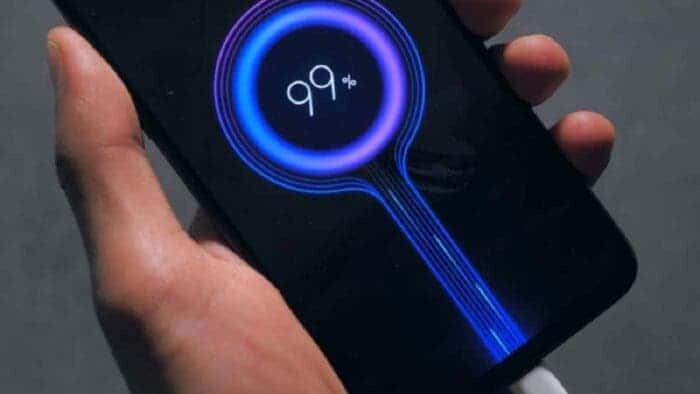
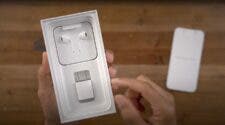
Thank you for the comprehensive guide on troubleshooting Android phone charging fast. I am very thankful that you have explained the benefits of a fast charger. Here I wanna share some benefits tips about the fast charger of mobile phones. In our fast-moving world, staying charged and efficient is crucial. Learn about the 5 advantages of swift mobile charging, from time-saving convenience to device longevity